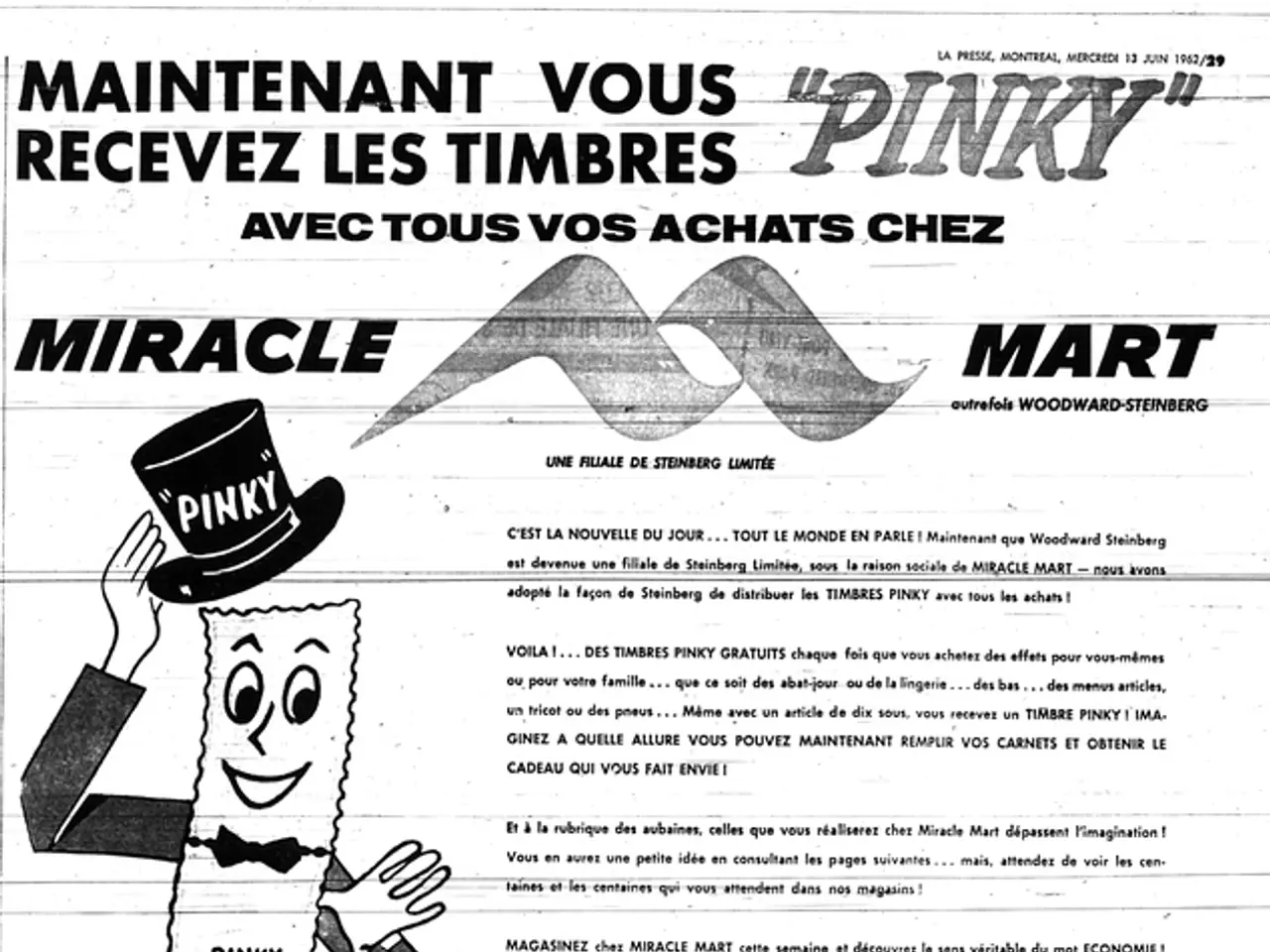Creating a Web Page for Your Course Company: A Step-by-Step Guide
In the digital age, creating an effective landing page is crucial for selling online courses and is an important part of every successful digital marketing strategy. Here are some key steps and best practices to help you create a high-converting landing page for your online course business.
Craft a Compelling Headline
A clear, compelling headline that immediately communicates the value of your online course is essential. Use powerful, benefit-driven language to grab attention and make your course stand out.
Write Persuasive Copy
Your landing page copy should be focused on your target audience’s primary pain points and how your course solves them. Highlight the main features and benefits using bullet points or visual elements to make them easy to scan.
Design an Engaging CTA
An engaging, prominent call-to-action (CTA) button that stands out and clearly directs visitors on what to do next, such as “Enroll Now” or “Get Instant Access”, is crucial.
Incorporate Social Proof
Positive, specific, and realistic social proof significantly boosts conversion rates. Incorporate testimonials, reviews, and success stories from past students to build trust and credibility.
Optimize for Mobile Devices
Since many users will access your landing page from smartphones or tablets, it's important to optimize your landing page for mobile devices.
Ensure Fast Loading Speeds
Aim for under 1 second loading speeds by optimizing images, embedding rather than hosting videos, and minimizing heavy media.
Keep the Design Clean and Visually Appealing
A clean, visually appealing design with a clear hierarchy ensures that users focus easily on the offer, benefits, and CTA without distractions.
Prioritize Content
Highlight the top 2-3 essential pieces of information with a chance for them to learn more later through a consultation or course preview.
Offer a Competitive Pricing Model
Offer a competitive and enticing pricing model or trial/demo to encourage visitors to take action.
Continuously Test and Optimize
Continuously test elements like headlines, CTAs, and offers with A/B testing to optimize conversion rates.
Following these best practices ensures your landing page effectively communicates value, builds trust, and provides a seamless experience to maximize enrollments for your online course business.
If you're looking for a quick build, you can also use landing page templates designed specifically for courses and customize them based on these principles.
Key Takeaways
- A quality landing page requires the right type of content, such as a sales copy, customer testimonials, a unique selling proposition, and a strong brand message.
- An incentive like a free ebook, checklist, course, or template can increase form completion rates.
- The primary goal of a landing page should be defined for each marketing campaign, such as increasing leads, getting more email subscribers, boosting sales, or preparing for a course launch.
- Landing pages can boost lead generation, gather key customer data, improve brand awareness, increase website traffic, grow email lists, and build credibility.
- The key performance indicators for a landing page are average time on page, bounce rates, and form abandonment rates.
- To design a high-converting landing page for an online course, employ AI-driven strategies to craft a compelling headline that profitably communicates the course's value.
- To accentuate your landing page's effectiveness, collaborate with an AI builder to fashion persuasive copy focused on your target audience's pain points and how the course alleviates them.
- Boost visitor engagement by integrating an aesthetically striking and commanding call-to-action (CTA) button, powered by AI, that clearly guides users for enrollment or access.
- To amplify trust and credibility, AI-assisted integration of testimonials, reviews, or success stories from past students can serve as social proof on your landing page.
- With the aid of AI-driven design templates built for courses, you can achieve a rapid landing page construction while maintaining adherence to the aforementioned principles, ultimately promoting your education-and-self-development offerings in the digital marketplace.




